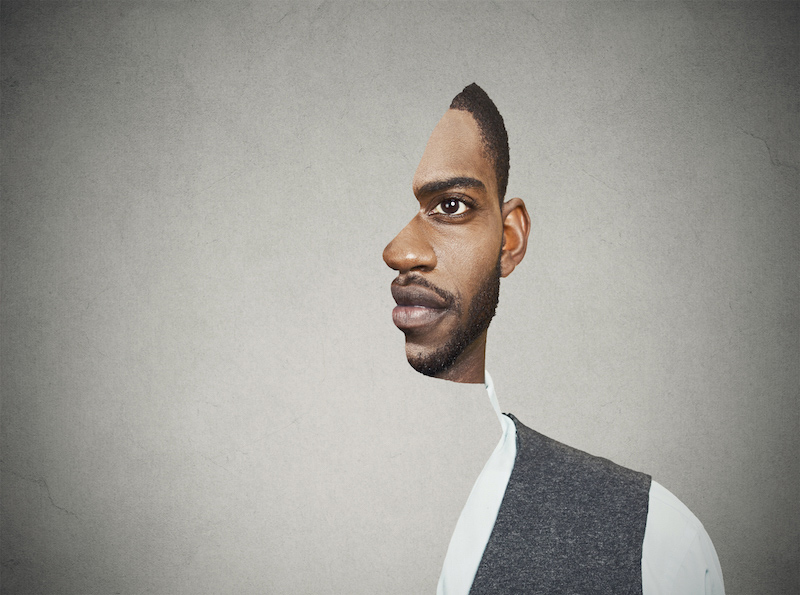
Unilateral hearing loss, or single sided deafness, is more widespread than people realize, especially in kids. Age-related hearing loss, which affects many adults sooner or later, tends to be lateral, that is, it affects both ears to some extent. As a result, the average person sees hearing loss as being binary — either somebody has normal hearing in both ears or reduced hearing on both sides, but that ignores one particular kind of hearing loss completely.
A 1998 study thought that around 400,000 kids had a unilateral hearing loss due to injury or disease in the moment. It’s safe to say that number has gone up in that last two decades.
What’s Single-Sided Hearing Loss and What Makes It?
As its name implies, single-sided hearing loss suggests a reduction in hearing only in one ear.In intense cases, deep deafness is potential.
Reasons for premature hearing loss vary. It can be the result of injury, for example, someone standing beside a gun firing on the left may get moderate or profound hearing loss in that ear. A disease can lead to the issue, as well, for example:
- Acoustic neuroma
- Measles
- Waardenburg syndrome
- Meningitis
- Mastoiditis
- Mumps
- Microtia
Whatever the cause, an individual with unilateral hearing must adapt to a different way of processing sound.
Management of the Audio
The brain uses the ears almost just like a compass. It identifies the direction of noise based on what ear registers it first and in the highest volume.
With the single-sided hearing loss, the sound will only come in one ear regardless of what way it originates. In case you have hearing in the left ear, then your mind will turn to search for the sound even if the person talking is on the right.
Think for a minute what that would be like. The sound would always enter one side no matter where what direction it comes from. How would you understand where an individual speaking to you personally is standing? Even if the hearing loss is not deep, sound direction is tricky.
Focusing on Audio
The brain also employs the ears to filter out background sound. It tells one ear, the one nearest to the sound that you want to focus on, to listen for a voice. The other ear manages the background sounds. That is precisely why in a noisy restaurant, you may still focus on the dialogue at the dining table.
When you don’t have that tool, the mind becomes confused. It’s unable to filter out background noises like a fan blowing, so that is everything you hear.
The Ability to Multitask
The brain has a lot happening at any one time but having two ears enables it to multitask. That’s the reason you can sit and read your social media sites while watching TV or having a conversation. With just one working ear, the brain loses the ability to do something while listening. It has to prioritize between what you see and what you hear, so you usually lose out on the dialogue taking place without you while you navigate your newsfeed.
The Head Shadow Effect
The head shadow effect clarifies how certain sounds are unavailable to a person having a unilateral hearing loss. Low tones have extended frequencies so that they bend enough to wrap around the mind and reach the working ear. High pitches have shorter wavelengths and do not survive the trek.
If you’re standing next to an individual with a high pitched voice, you might not know what they say unless you turn so the working ear is facing them. On the other hand, you might hear somebody having a deep voice just fine regardless of what side they are on because they create longer sound waves which make it to either ear.
Individuals with only slight hearing loss in just one ear have a tendency to adapt. They learn quickly to turn their head a certain way to hear a friend talk, for instance. For those who struggle with single-sided hearing loss, a hearing aid might be work around that yields their lateral hearing to them.